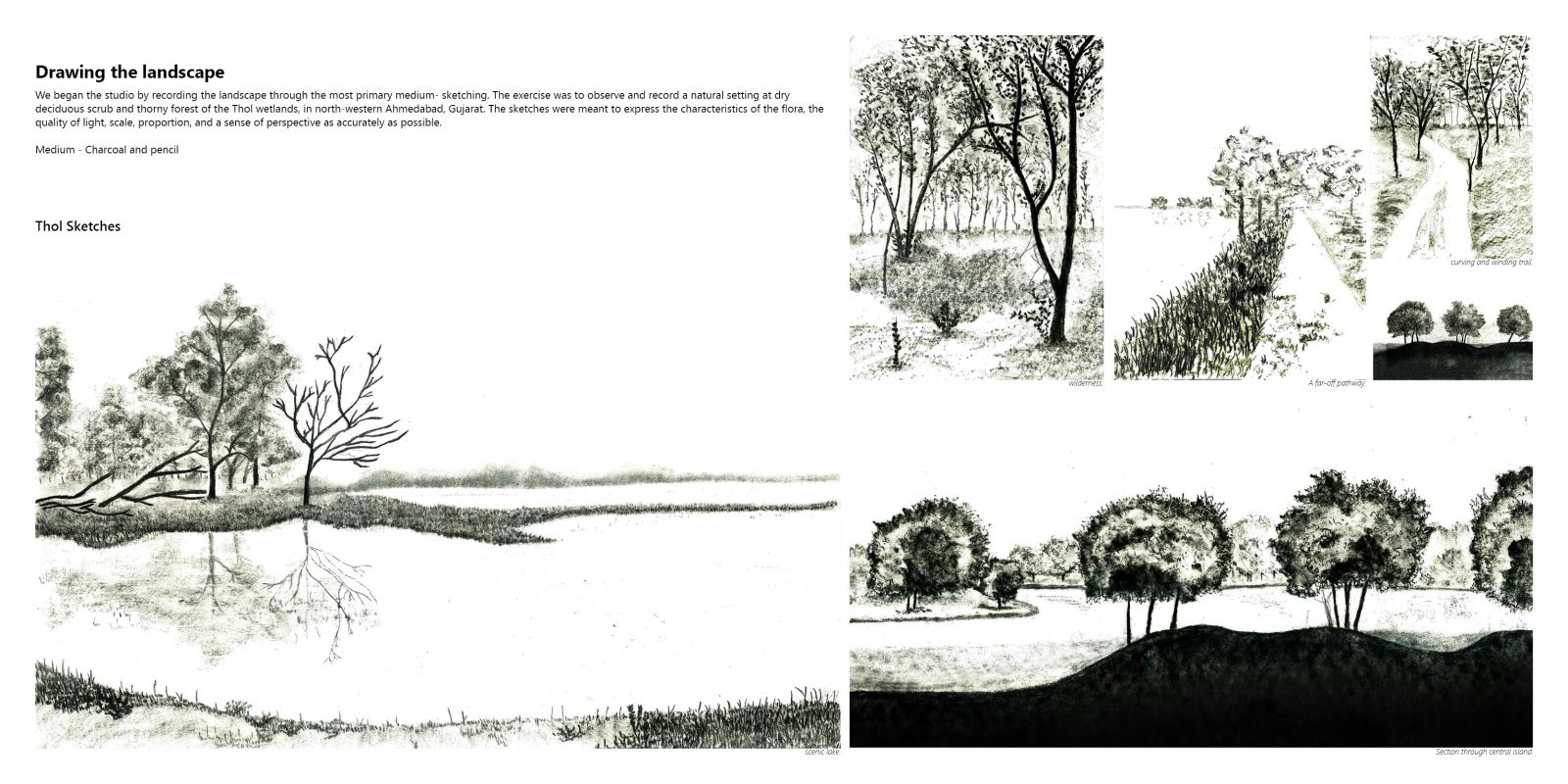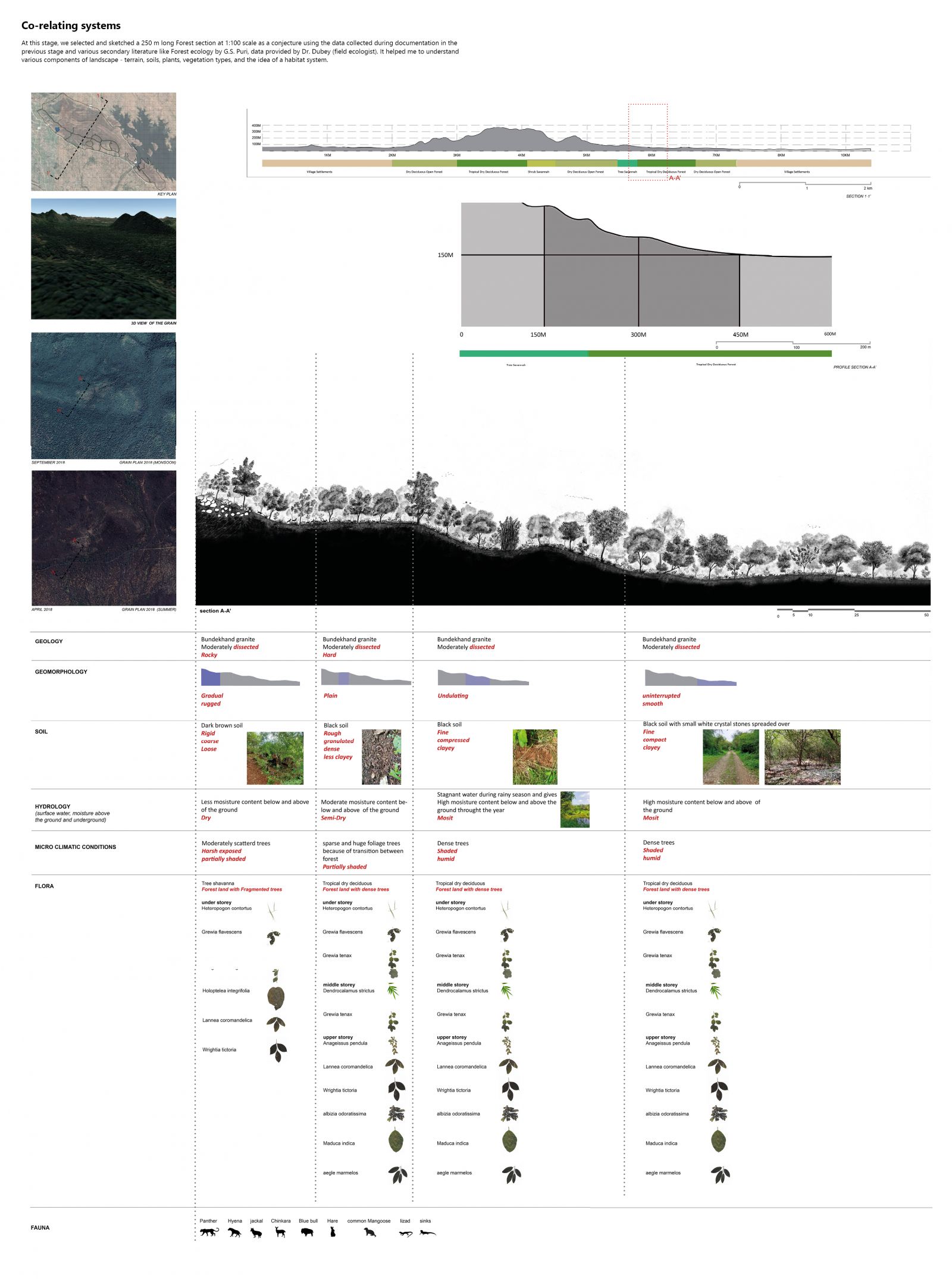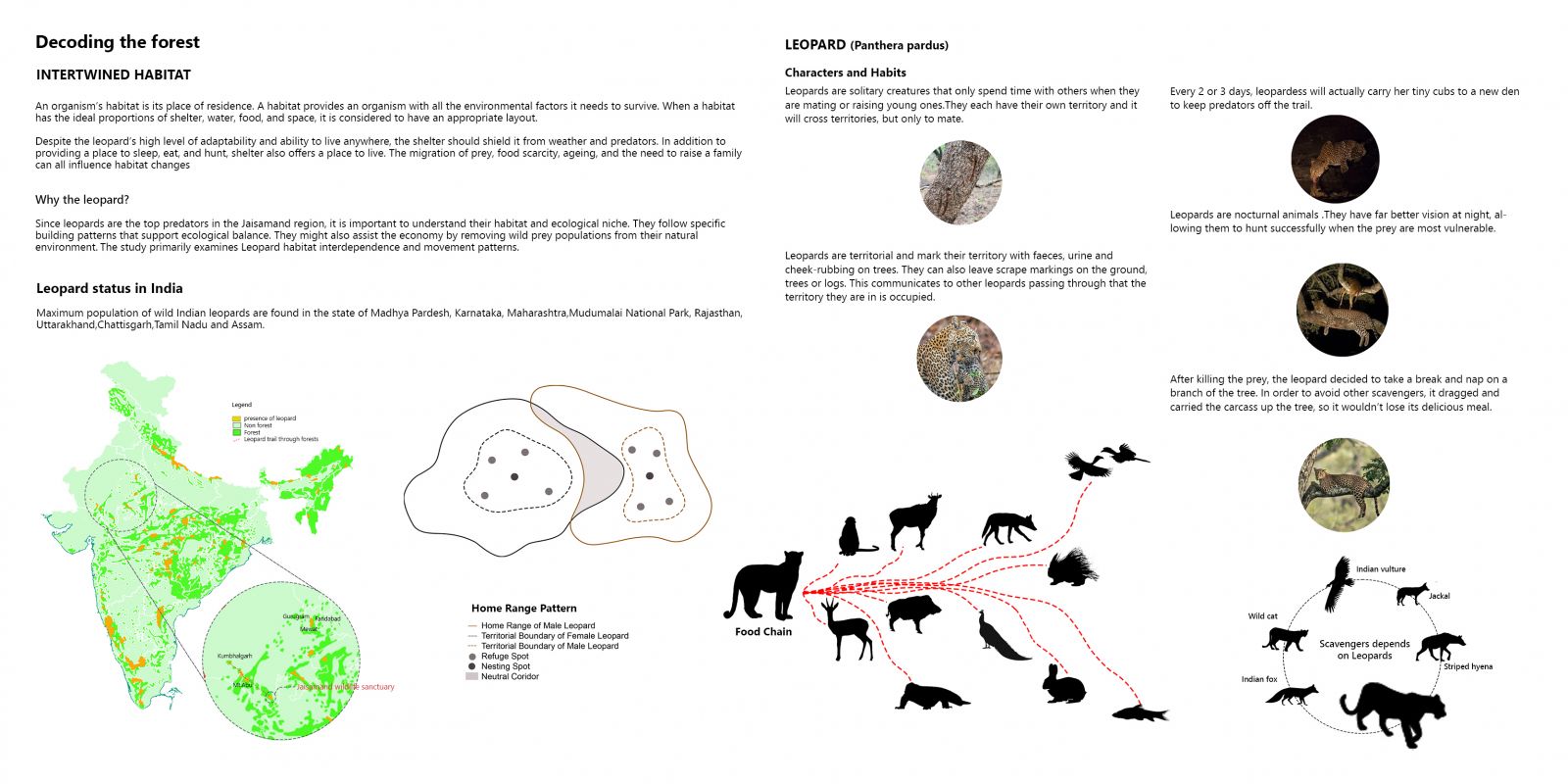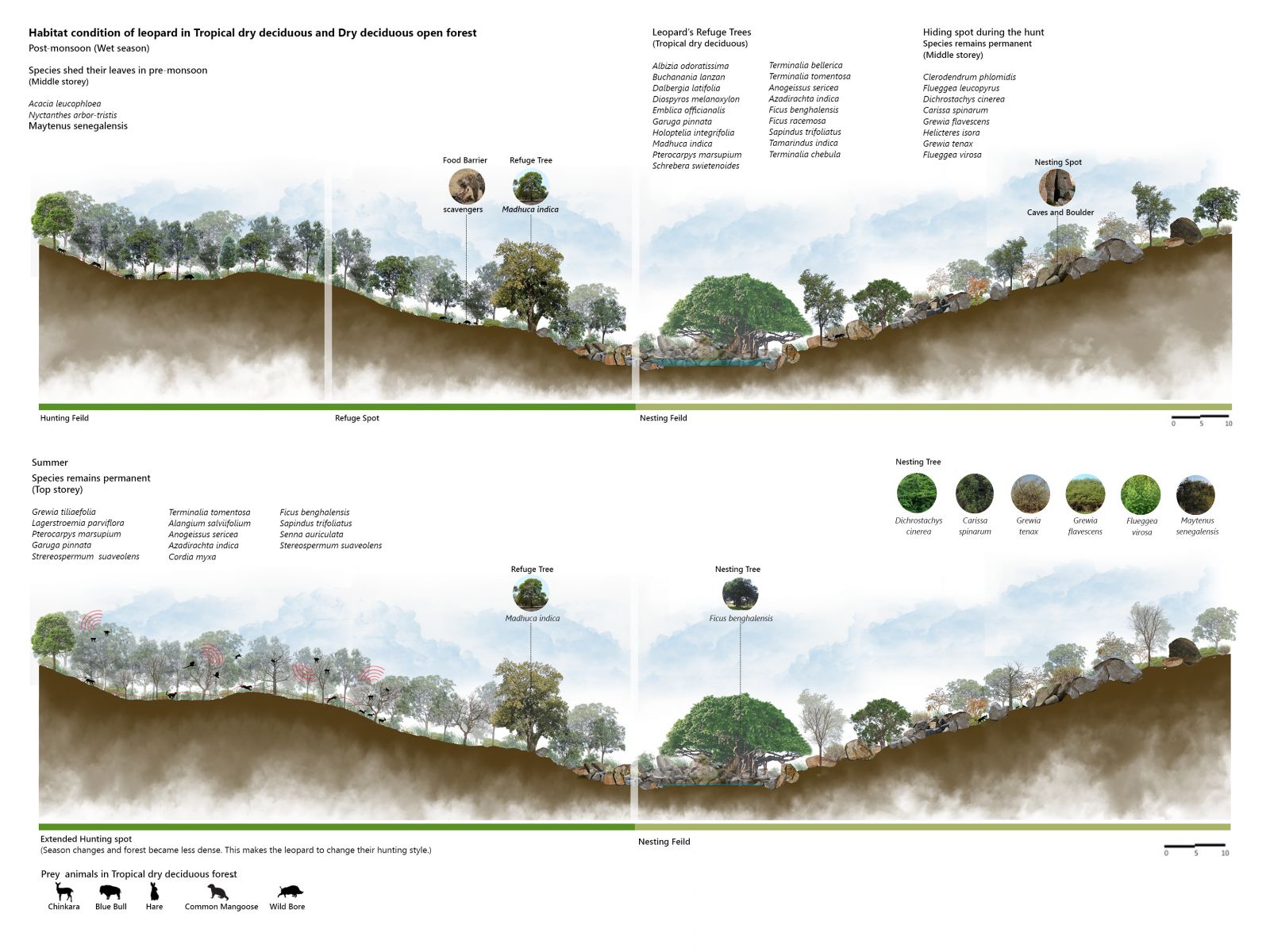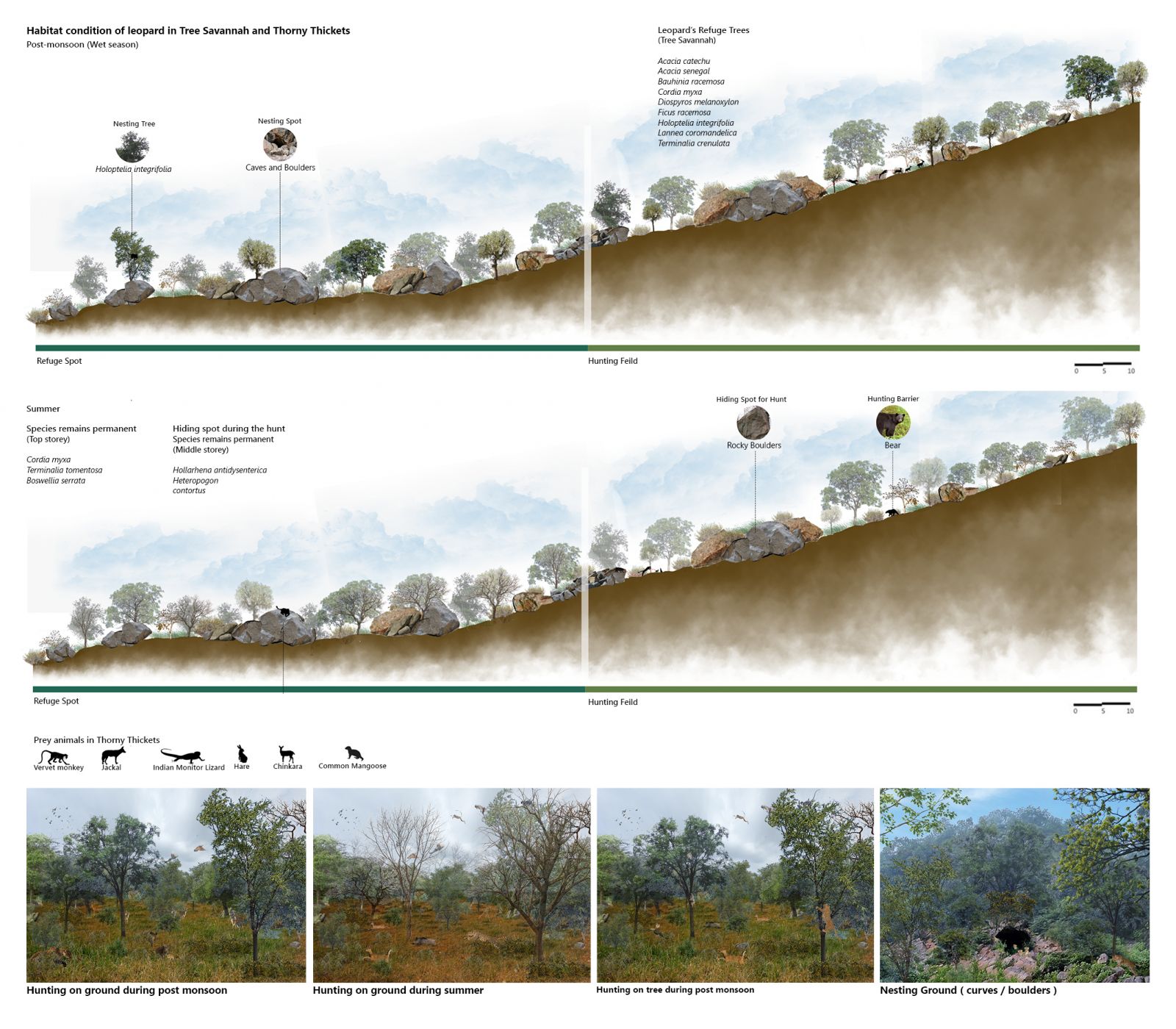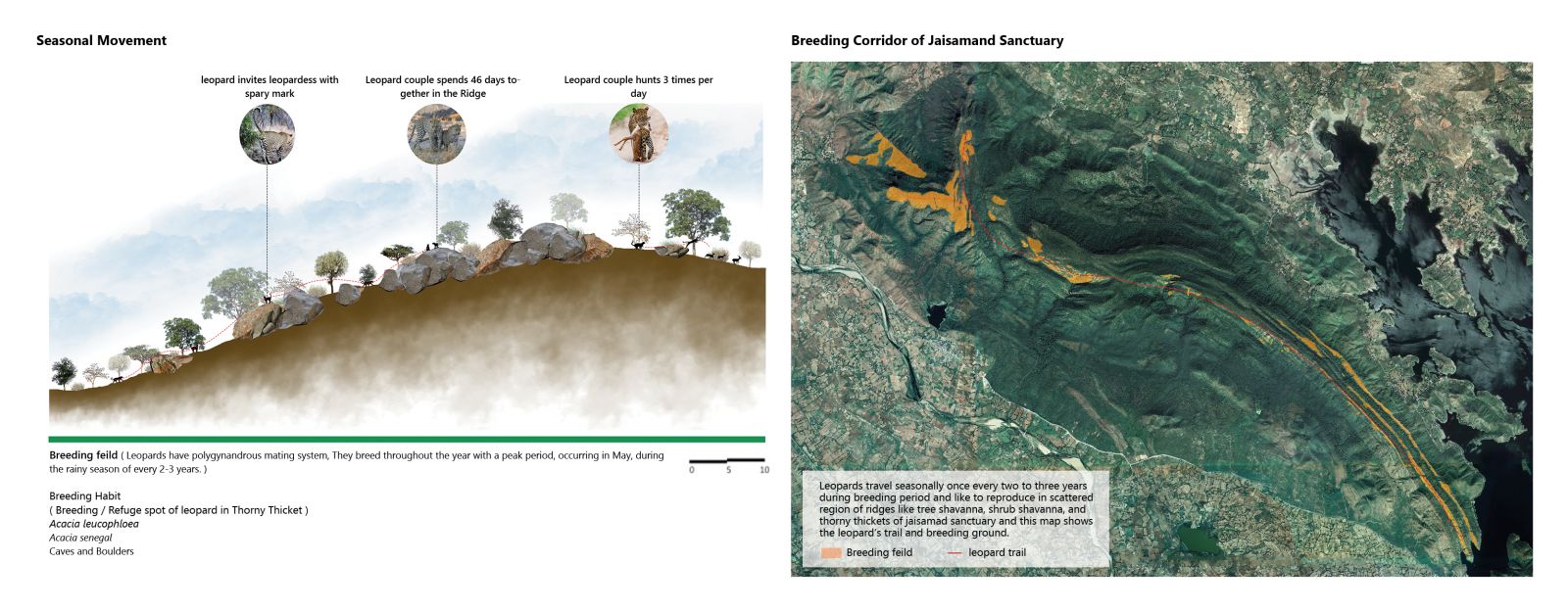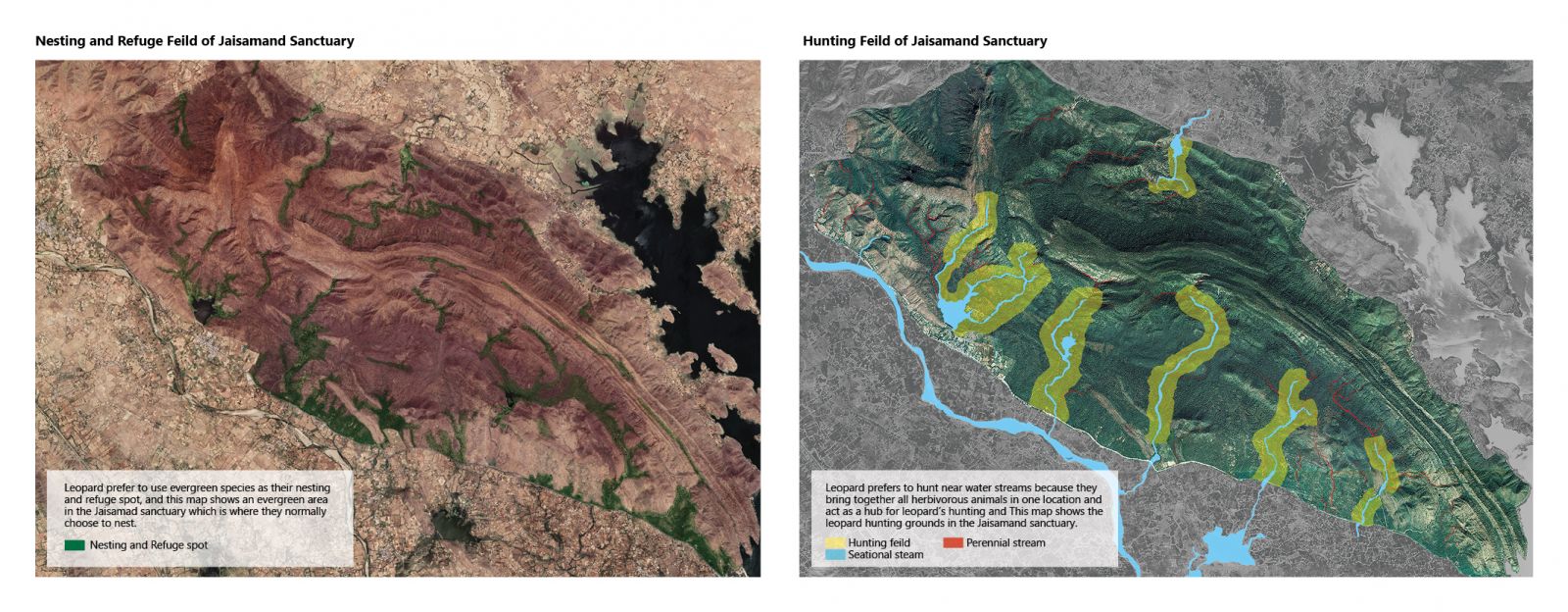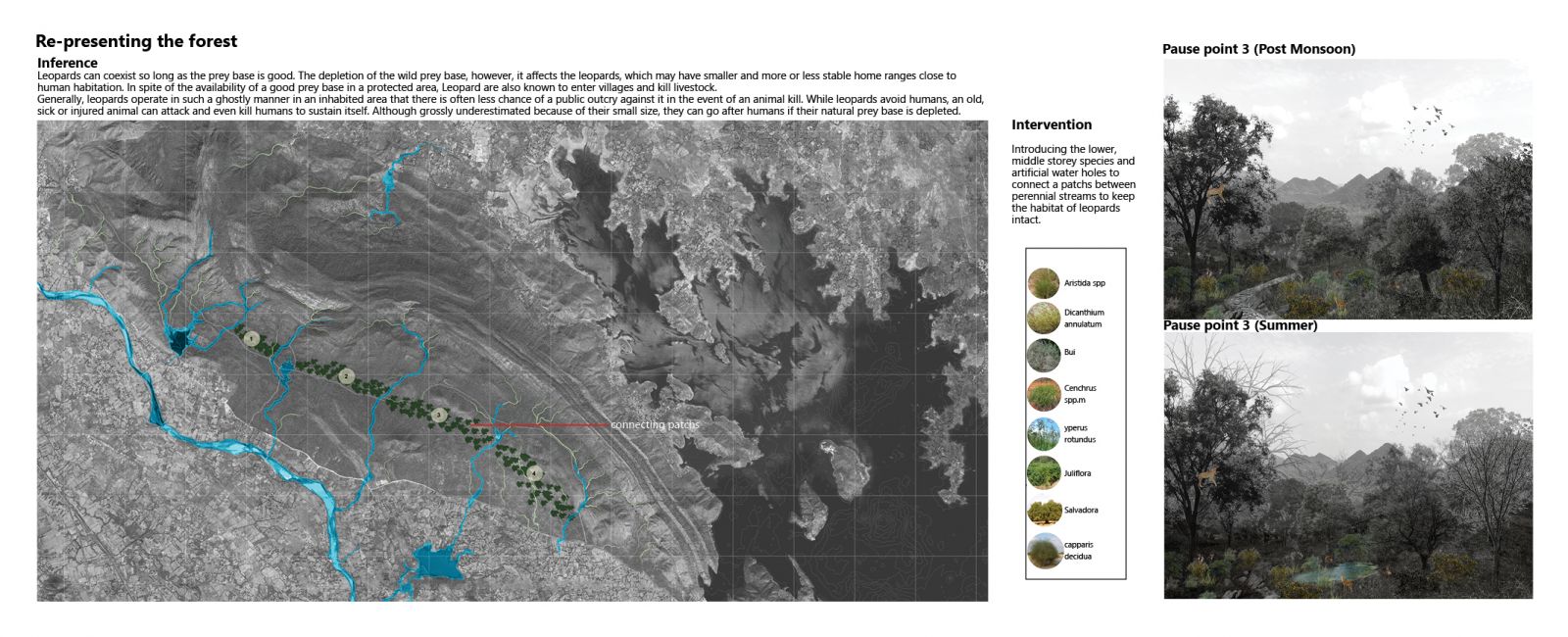Your browser is out-of-date!
For a richer surfing experience on our website, please update your browser. Update my browser now!
For a richer surfing experience on our website, please update your browser. Update my browser now!
An organism’s habitat is its place of residence. A habitat provides an organism with all the environmental factors it needs to survive. When a habitat has the ideal proportions of shelter, water, food, and space, it is considered to have an appropriate layout.
Despite the leopard’s high level of adaptability and ability to live anywhere, the shelter should shield it from weather and predators. In addition to providing a place to sleep, eat, and hunt, shelter also offers a place to live. The migration of prey, food scarcity, ageing, and the need to raise a family can all influence habitat changes.
